Arborvitae - err on the side of too much or too little water?
EngineerChic
9 years ago
Related Stories

HOUSEKEEPING10 Things Neat Freaks Know to Be True
Do you err on the incredibly tidy side? Then you probably already live by these nuggets of neat wisdom
Full Story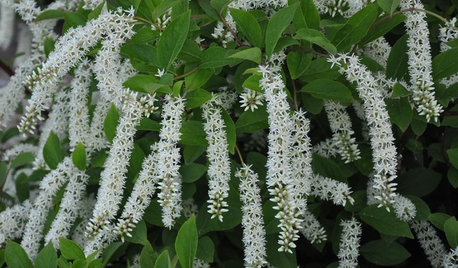
RED FOLIAGEGreat Design Plant: 'Little Henry' Sweetspire
Small in stature but big on impact, this fuss-free shrub promises spring flowers, fiery fall color and good manners in the garden
Full Story
SIDE YARD IDEASNarrow Trees for Tight Garden Spaces
Boost interest in a side yard or another space-challenged area with the fragrance and color of these columnar trees
Full Story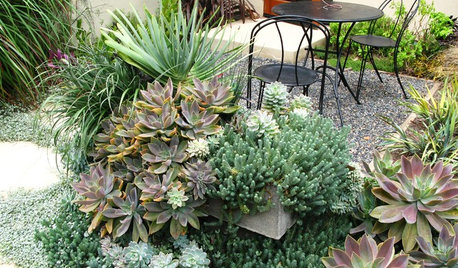
SUCCULENTSAmazingly Low-Maintenance Picks for Outdoor Planters
Turn to succulents, cacti and ornamental grasses to keep your summer watering and care to a minimum
Full Story
HEALTHY HOMEGet the Lead Out: Lead Safety at Home
Keep your family safe by properly testing for and dealing with lead in old painted surfaces, water and soil
Full Story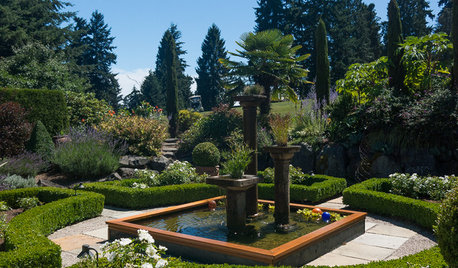
LANDSCAPE DESIGNGet a Mediterranean-Style Garden Even Far From the Sea
Some lavender here, a water feature there, and your garden just might feel transported to a balmy seaside locale
Full Story
GARDENING GUIDESGreat Garden Combo: 3 Wonderful Plants for a Deer-Resistant Screen
Protect your privacy and keep deer at bay with a planting trio that turns a problem garden area into a highlight
Full Story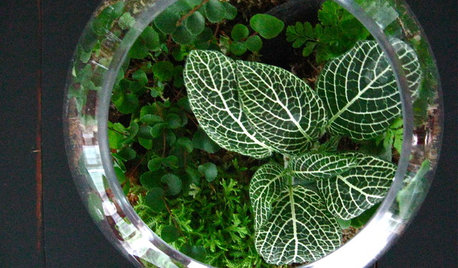
HOUSEPLANTSGardens Under Glass: How to Make Your Own Terrarium
Be the master of a mini ecosystem indoors — the low-maintenance, highly rewarding kind that fits any room
Full Story
HOUSEKEEPINGTackle Big Messes Better With a Sparkling-Clean Dishwasher
You might think it’s self-cleaning, but your dishwasher needs regular upkeep to keep it working hard for you
Full Story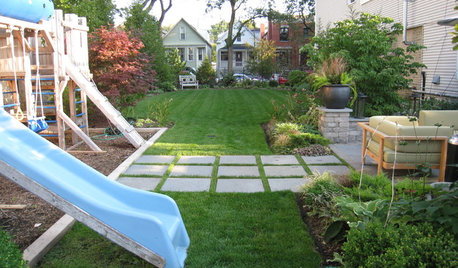
LIFE6 Tips for Teaching Your Kids to Be Good Neighbors
Everyone wins when your children learn to respect boundaries, get help when they need it and show others they care
Full StoryMore Discussions








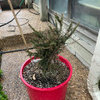
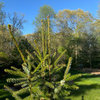
ken_adrian Adrian MI cold Z5
EngineerChicOriginal Author
Related Professionals
Middle Island Landscape Architects & Landscape Designers · Oatfield Landscape Architects & Landscape Designers · Prairie Ridge Landscape Architects & Landscape Designers · Wixom Landscape Architects & Landscape Designers · Maple Heights Landscape Architects & Landscape Designers · Buford Landscape Contractors · Clermont Landscape Contractors · Brookfield Landscape Contractors · Fort Wayne Landscape Contractors · La Verne Landscape Contractors · Methuen Landscape Contractors · Porterville Landscape Contractors · Stony Brook Landscape Contractors · Wethersfield Landscape Contractors · Merrifield Landscape Contractors